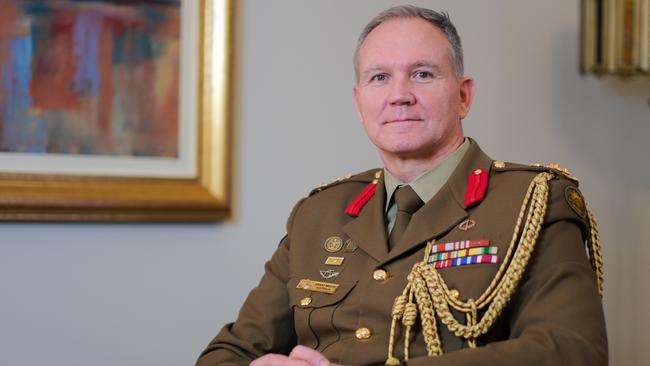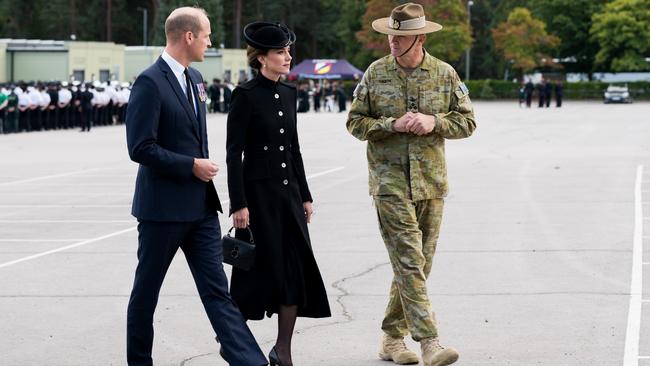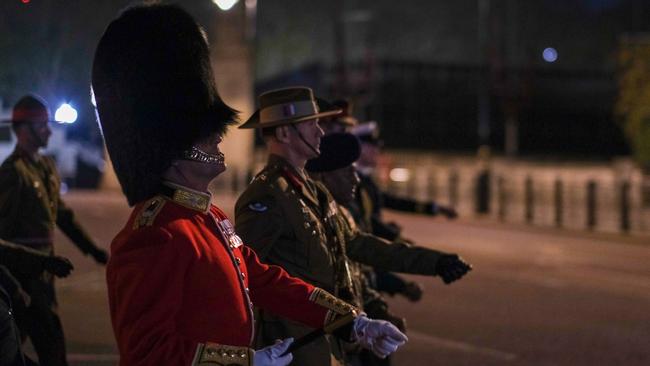How Australia’s top military office in London saw a gap in planning for Queen Elizabeth’s death
When Brigadier Grant Mason arrived in London, he cast his eye over planning documents to deal with the death of the queen – and immediately realised there was an important gap.

When Brigadier Grant Mason arrived in London for his new posting three years ago, he cast an eye over planning documents to deal with the death of the queen, and immediately realised an important gap. This extensive blueprint, titled Operation London Bridge, was constantly upgraded by various diplomatic outposts and the British government but Australia’s new top military officer in London saw Australia had not figured for its own “operations room” for the queen’s death.

Brigadier Mason commandeered a room and had his team practise their roles, so that on Thursday, September 8, 2022, when word filtered through that the 96-year-old Elizabeth, in Balmoral, was particularly poorly, the Australian operation was up and running within 48 minutes.
All was going swimmingly throughout the 10 official days of mourning and on the day of the funeral until a British-organised bus failed to turn up at the required time outside Buckingham Palace after the funeral to transport military personnel from central London.
Labor senator Pat Conroy was in London for the funeral in his role as Minister for International Development and The Pacific and then British defence secretary Ben Wallace wanted to take advantage of people being there and had called a meeting post-funeral.
Brigadier Mason was summoned to attend but the delayed bus, and the fact he was dressed in full ceremonial uniform complete with medals, was a problem: his ceremonial sword meant he couldn’t get on the tube or a bus.
He politely declined throngs of tourists wanting photos, desperately trying to make his way through the dense crowds, and arrived with no time to change. Thereafter Mr Wallace would gently rib him about not being formally dressed enough at defence meetings.
For the coronation, the atmosphere was lighter than the funeral and a 40-member contingent of Australian army, navy and airforce personnel arrived after Anzac Day commemorations in France and Gallipoli.
Brigadier Mason was one of the 40 to raise their hat and give three cheers to the King and Queen in the grounds of Buckingham Palace, a moment he still regards as one of his cherished memories.

Months afterwards during the commemoration of 100 years of Legacy Australia, Brigadier Mason met the King alongside Victoria Cross recipient Daniel Keighran at the start of the Legacy Centenary Torch relay in April 2023. He had earlier presented a military challenge coin, struck for the Queen’s Platinum Jubilee, to Charles’s equerry, who instructed him he could present it in person.
When the moment came, Charles stepped forward to accept it and Brigadier Mason showed the King how to shake hands on it “as military men’’.
“I realised afterwards, whoops, I had told the King what to do and I encouraged him to shake my hand,’’ Brigadier Mason said. “I suddenly realised I had been the first Australian officer to coin the King and potentially the first officer to ever coin the King in that military style.
“He didn’t seem to mind.”





To join the conversation, please log in. Don't have an account? Register
Join the conversation, you are commenting as Logout